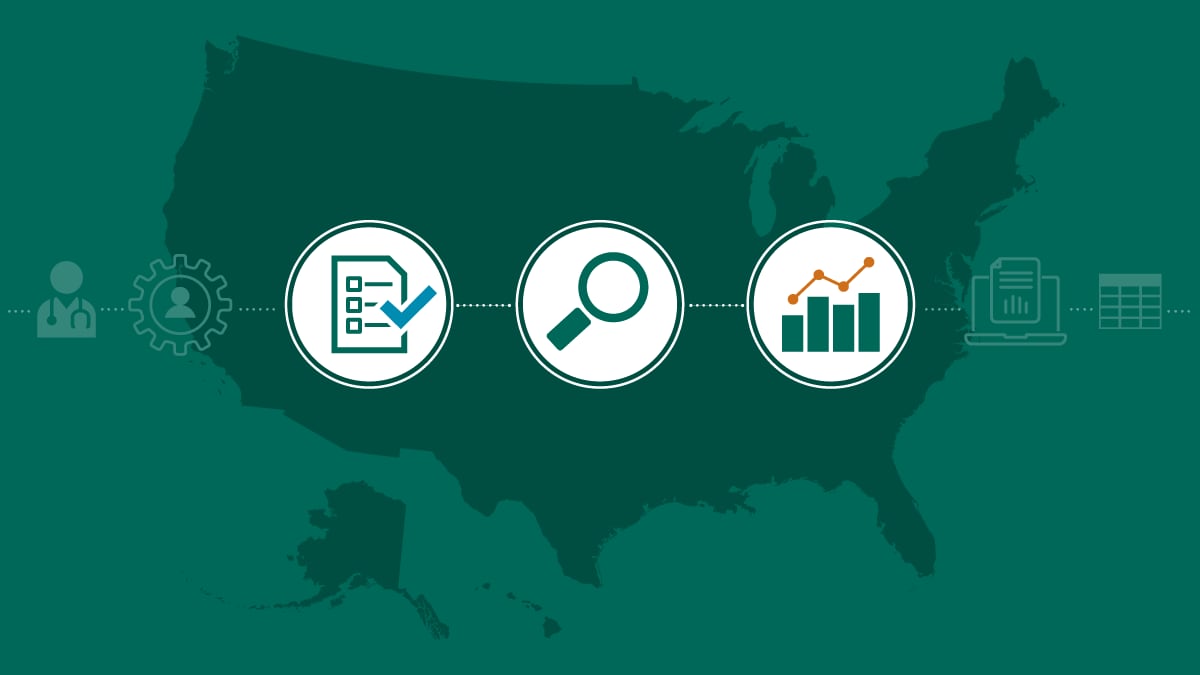At a glance
- The National Center for Health Statistics (NCHS) provides many ways to access important information and data.
- From the general public to specialized researchers, NCHS works to encourage user access to a variety of data.

Data access
The National Center for Health Statistics (NCHS) provides information to guide actions and policies to improve the health of the American people. Data access is one way we do that. Sharing our data leads to further analysis, more research, and greater understanding.
NCHS makes many of our data files available to support health and health services research. These data files are provided by our surveys, the National Vital Statistics System, and our Data Linkage program.
Some of our data files are widely available and accessible through the websites of our surveys and data systems. These are our public use data files. NCHS public-use data file users must comply with the conditions of our data user agreement. This includes ensuring that the information will be used solely for statistical analysis or reporting purposes.
Other data files contain sensitive and confidential information that cannot be shared publicly. The onsite facilities of our Research Data Center allow access to these restricted data files for approved research purposes only.
Data and analysis tools
In addition to data access, NCHS provides several tools to assist researchers and analysts in using our data. These tools can help you understand how we've processed and analyzed the data we've collected. They also can help you analyze the data for your needs.
- NCHS Urban-Rural Classification Scheme for Counties
- Semi-Automated Non-response Detection for Surveys (SANDS) model
- Tools and Frameworks for analyzing injury data
- Compressed Mortality File (available from the CDC Archive)
- Stochastic Population Analysis for Complex Events (SPACE) program (available from the CDC Archive)
Survey specific tools
Some NCHS surveys and data collection systems provide data and analysis tools for use with their data. Explore their individual survey and system websites to find these resources.
